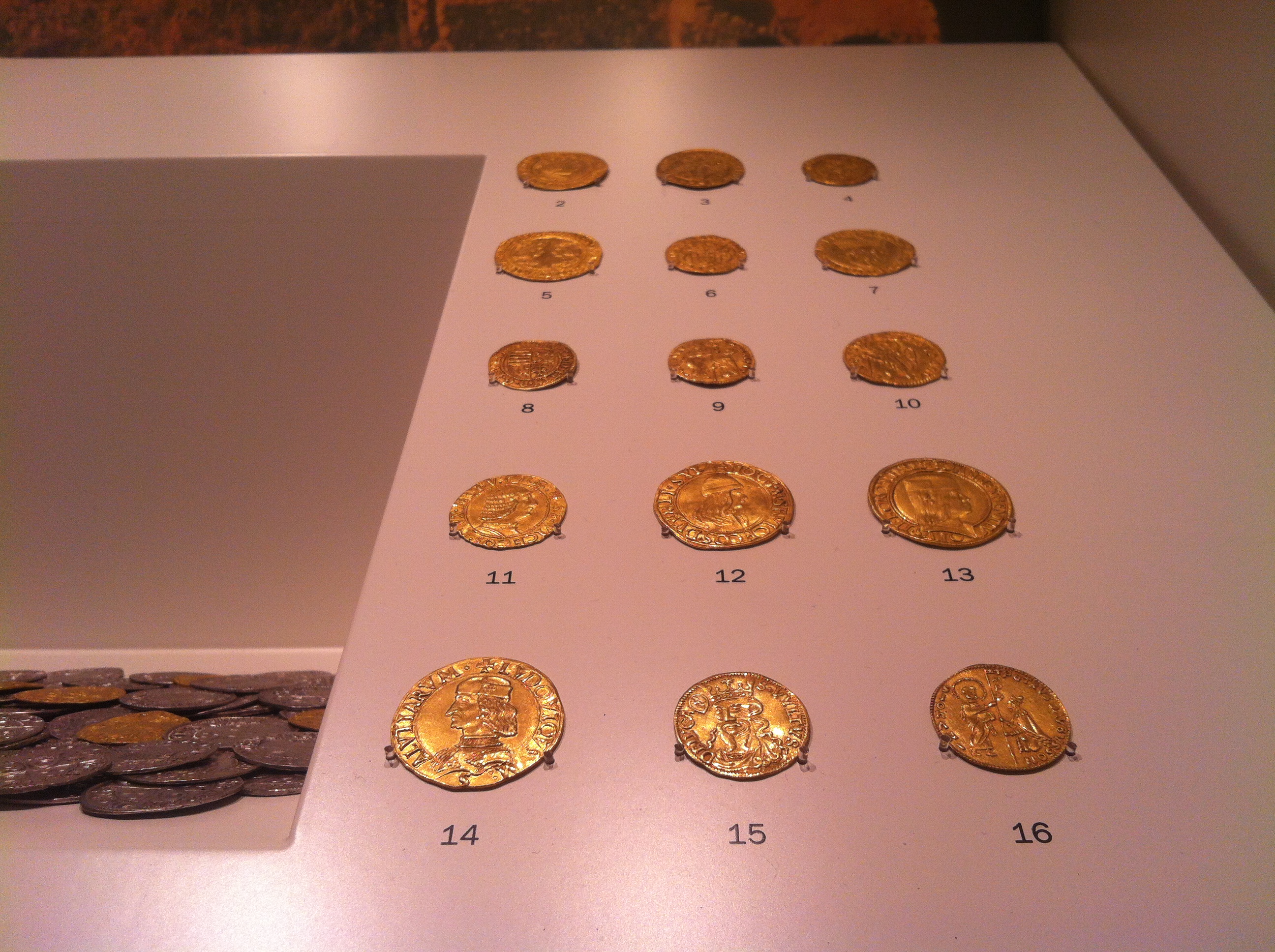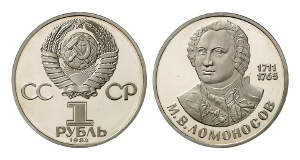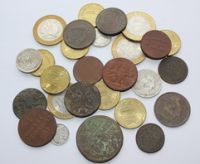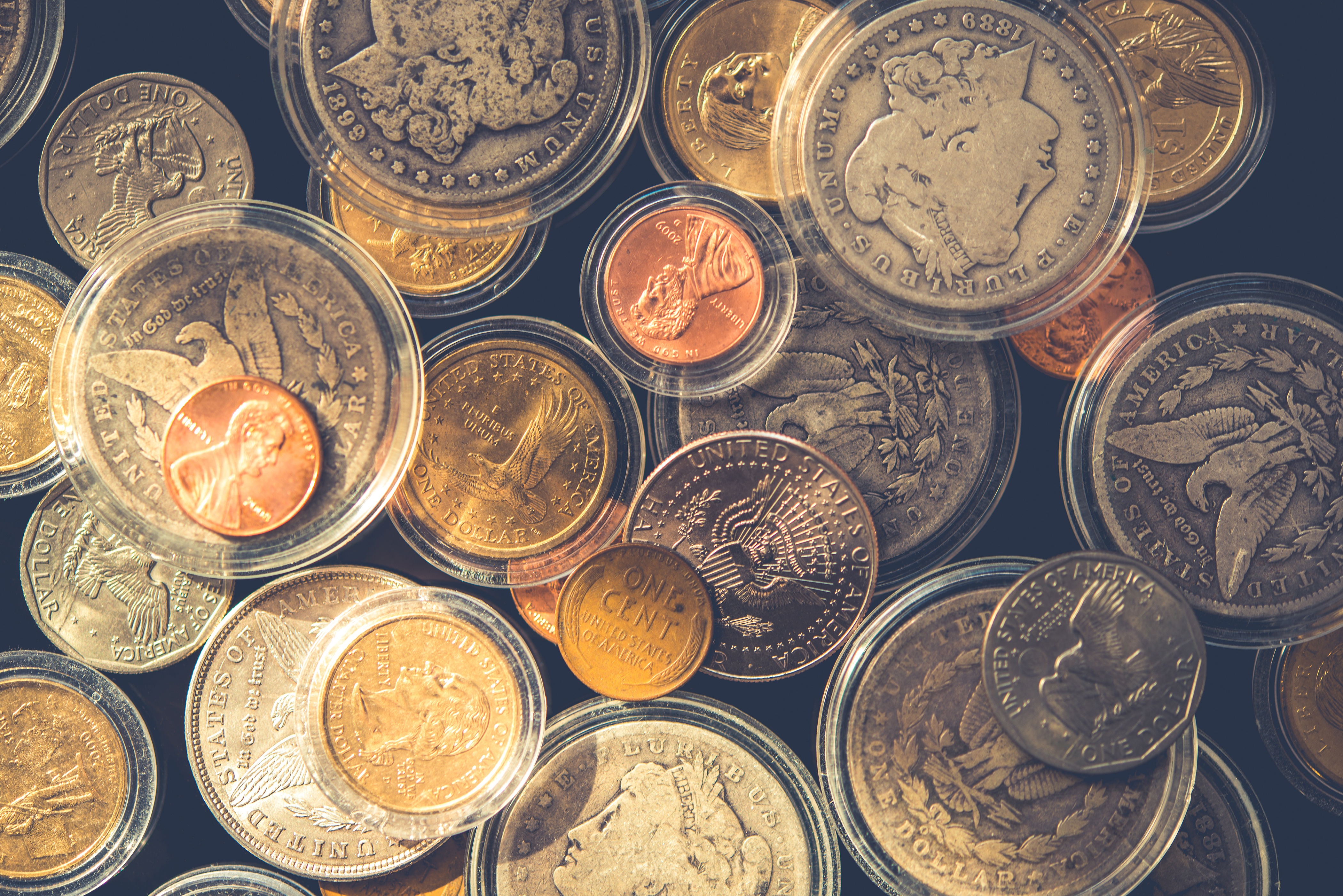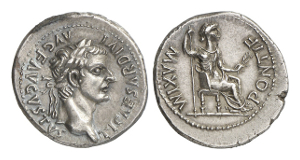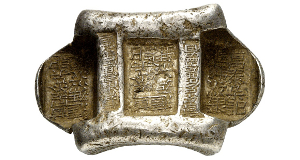Banknotes and paper money (VIII-XX century)
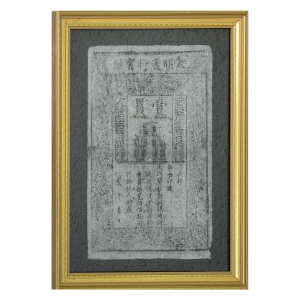 The history of paper money is just as exciting and varied as the history of metallic money. At the beginning of the history of paper money, there were two forms of banknotes – a receipt and a promissory note.
The history of paper money is just as exciting and varied as the history of metallic money. At the beginning of the history of paper money, there were two forms of banknotes – a receipt and a promissory note.
The receipt was issued as a certificate that a specific amount of metallic money is in the banker’s custody. Over time, the receipt has become possible to transfer to another person. Later, the receipt acquired the form of a banknote, which documented the client’s right to receive the amount in the form of coins indicated on the banknote at any time. Over time, the debt receipt turned into public money, which, as a rule, could not be received in the form of coins, but which had to be accepted for payment by all public funds. In addition, there are still temporary paper money issued to compensate for the shortage of coins.
At the beginning of the paper money era, payment required the fulfillment of three conditions: the availability of paper, written knowledge and a private or public organization that guaranteed the security of the amount indicated on the currency note. The first country to meet all three conditions was China. “Flying money” appeared there in the VIII century. In Europe, for the first time, Italian merchants began to issue receipts for deposited money in the late Middle Ages. Over time, merchants engaged in such operations became bankers specializing in exchange and money transactions (because of their origin in Northern Europe, they were called “pawnshops”). The first Nordic “banks” appeared in Amsterdam in 1609, in Hamburg in 1619, and in Nuremberg in 1621. The first European banknotes in 1661 in Stockolme began to issue the former merchant Johan Palmstruk. Banknotes were issued to the account holder in four different currencies and 24 denominations. They could be transferred to another person and presented for payment to the Bank of Stockholm in order to get the coins again. Unlike coins, banknotes could be issued in large quantities and without special expenses. Against such a temptation, Palmstruk himself could not resist, whose bank was nationalized in 1668, after the banknotes issued by him lost collateral in the form of coins.
It turned out that the belief in the reliability of the issued money completely depends on the faith in the creditworthiness of the issuer. For centuries, the Bank of England, founded in 1694 as a private joint stock company, enjoyed such trust for centuries. Long-term trust was based on the fact that Britain was almost not affected by the economic crises and depreciation of money that occurred in continental Europe. The situation was completely different in France, where the speculative transactions of Scotchman John Law in 1720 led to the first big inflation in Europe. After these transactions in the hands of citizens left a large number of unsecured banknotes. In turn, the assignants of the French Revolution and the Napoleonic wars spread paper money in the occupied regions of Europe (the Netherlands, Poland and some lands of the German Empire). The walking of money without credibility led to a steady aversion to paper money in Germany, which lasted until the middle of the XIX century. In America, the situation was completely different. Due to the fact that at first the colonies did not have the right to coinage, and the metropolis often could not fully satisfy the need of the colonies for means of payment, paper money went into circulation and supplanted the metallic money at the beginning of the 18th century.
Today, paper money is the main component of the monetary system of every state in the world. Both historical and modern banknotes open up to the collector a wide range of various divisions of the nominal, amazing the imagination of the history of origin and various motifs of images of a high artistic level. Among other things, the images on banknotes help us to create an idea of the culture and society of the issuing states.
Get to know the variety of banknotes and paper money by starting to collect a collection of banknotes from around the world!
